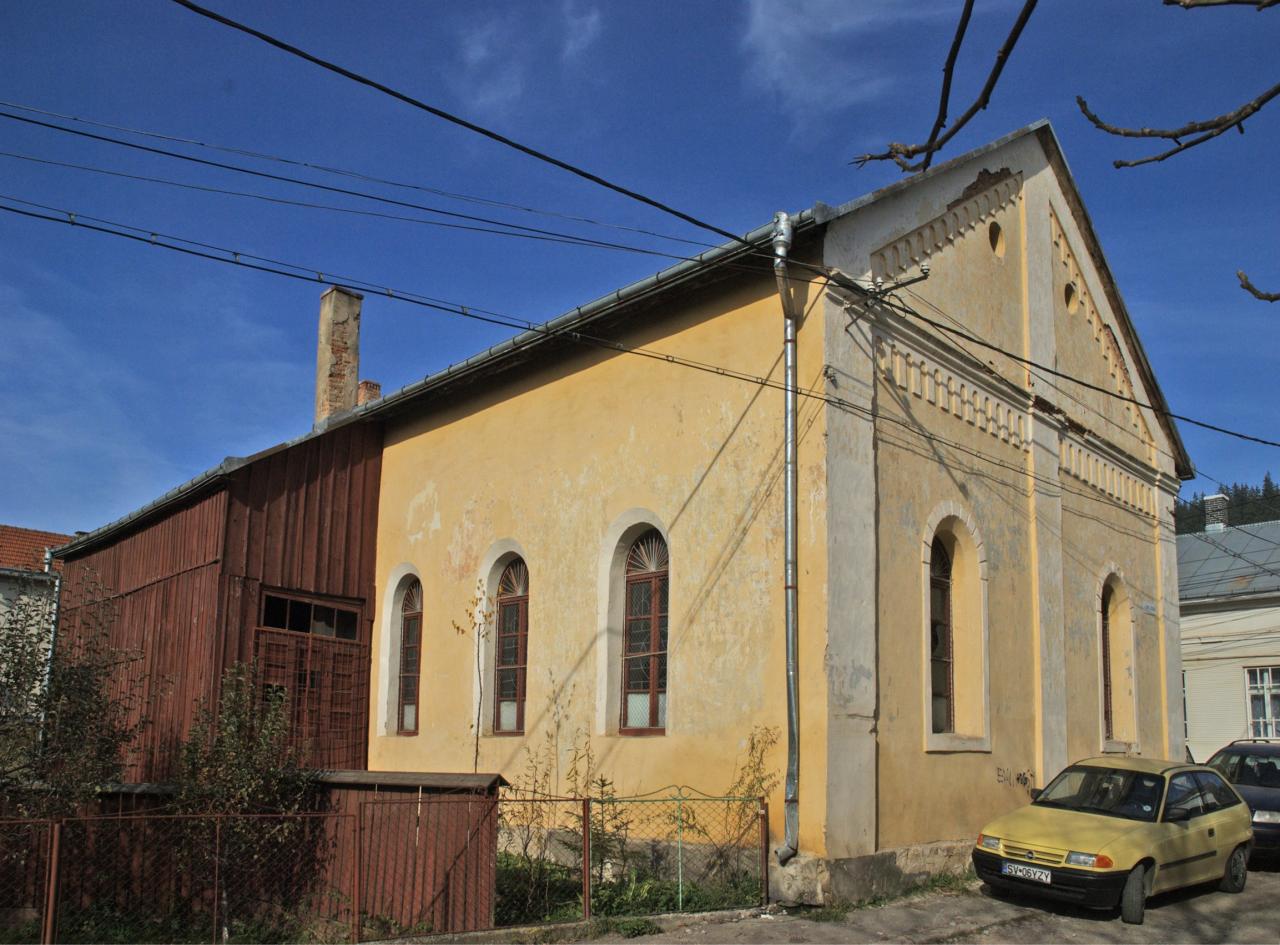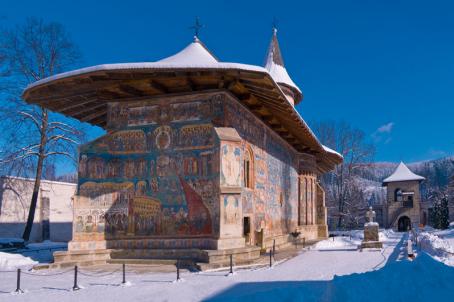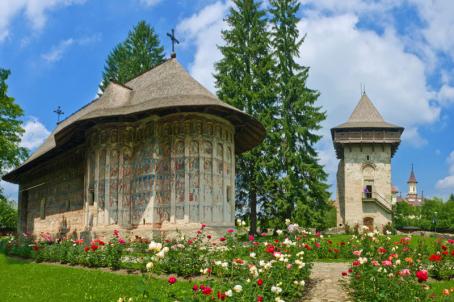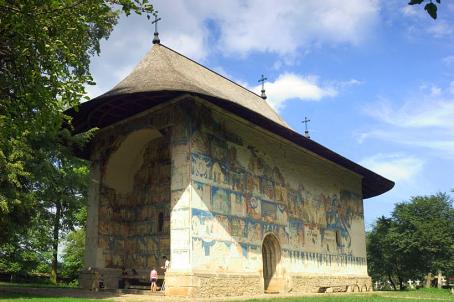Great Synagogue in Gura Humorului
The Great Synagogue in Gura Humorului is an Ashkenazi synagogue built in 1860. This Neo-Romanesque brick building still serves as a synagogue. The synagogue is a rectangular building with eight semicircular windows on the facade. The women's section is located on the west side of the building on the second floor and separated by pilasters from the prayer hall, which are evident on the facades.
About this building
For more information visit on this building visit http://historicsynagogueseurope.org/browser.php?mode=set&id=1659






